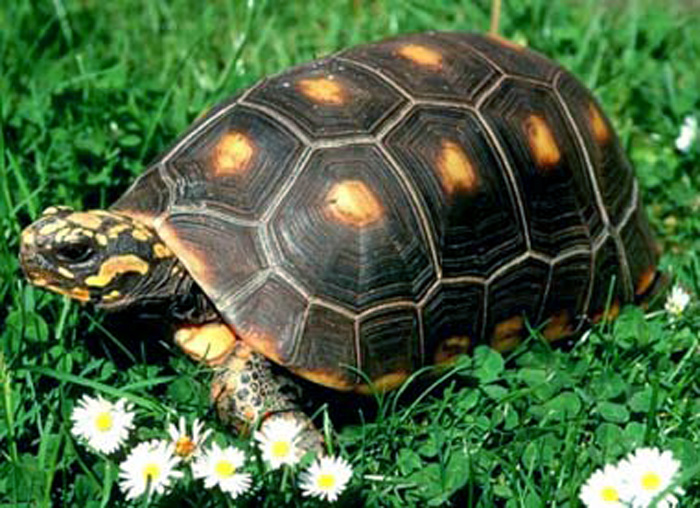According to the researcher, this is the only critically endangered tortoise in the country due to several reasons such as excessive hunt, lost of its habitat, agriculture, captive breeding and exploitation as pet or delicacy, especially in South America.
Carvajal, along with researchers Gladys Cárdenas and Olga Victoria Castaño, from the Biodiversity and Preservation Group of ICN, obtained the information of these species of reptiles, present in the Caribbean region, from catalogs, collections, and especially from the field explorations during the last eight years.
This study has led to obtain data of 190 species of reptiles in 94 genres, 32 families and 3 orders.
"In Sierra Nevada de Santa Marta 88 species, 62 genres and 20 families were found and in Serrania del Perijá 65 species, 50 genres and 19 families were register as well," asserted the expert, explaining that in the Colombian Caribbean, the three endemic species of tortoise that Colombia has (in degree of threat according to the International Union for Conservation of Nature, IUCN) and the only sub-endemic species so far are present.
According to Olga Victoria Castro Mora, the sub-endemic species, Trachemys scripta callirostris, is present in the Basin of Magdalena River and along the Atlantic coast.
Icotea turtles can be found among the endemic species (present only in Colombia). This species are constantly hunted in some municipalities of Atlántico, Bolivar and Magdalena to commercialize its meat.
"The richness of reptiles in the Caribbean represents a high percentage compared to other countries (36% are locater in this region), and makes the region the second in terms of amounts, exceeding the biogeographical Chocó," mentioned Carvajal.
These results were presented at the Symposium on Biodiversity of the Colombian Caribbean, organized by the Biodiversity and Preservation Group from the Institute of Natural Sciences of Universidad Nacional de Colombia that took place in Valledupar (Cesar).
 Correo Electrónico
Correo Electrónico
 DNINFOA - SIA
DNINFOA - SIA
 Bibliotecas
Bibliotecas
 Convocatorias
Convocatorias
 Identidad UNAL
Identidad UNAL



